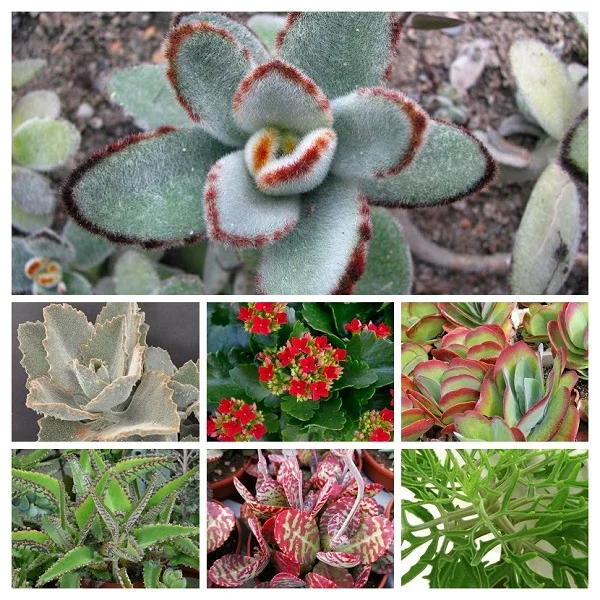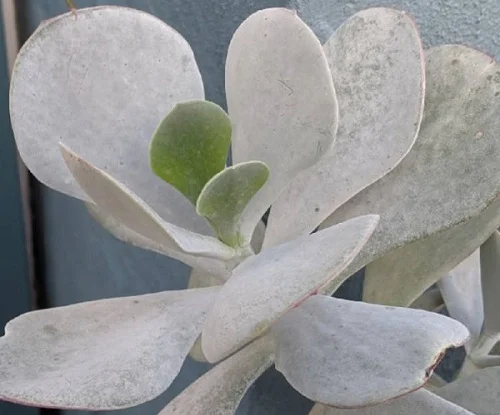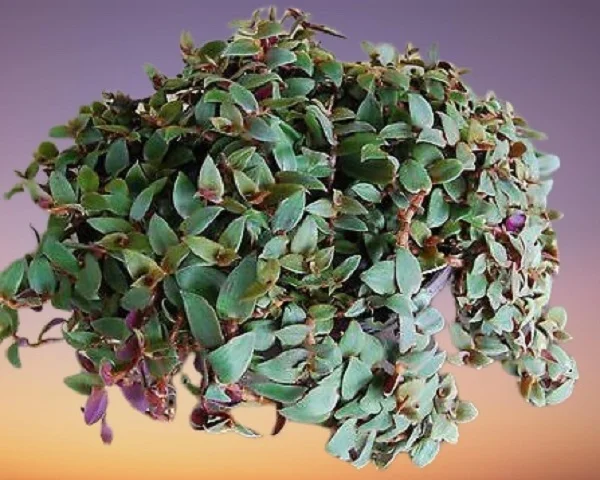How to Propagate Kalanchoe Plants by 5 Easy Methods
Some links in this post may be affiliate links
Kalanchoe are easily propagated at the beginning of the growing season (spring) from seeds, stem cuttings or leaf cuttings which can be successfully rooted either in water or in soil. Rooting cuttings in water may take a little bit longer than rooting in soil.
Let us look at some facts about Kalanchoe. Kalanchoe are flowering succulent plants in the family Crassulaceae and are mainly grown for their decorative foliage. One popular Kalanchoe grown for its magnificent blooms is Kalanchoe blossfeldiana.
Others like Kalanchoe beharensis (Elephant's Ear Kalanchoe) is loved for its large velvety foliage which is covered by brown hairs while Kalanchoe tomentosa is popular for its silvery-green, brown-edged furry or woolly leaves which give it the common names, 'Pussy Ears' and 'Chocolate Soldier.
Most Kalanchoe varieties thrive in bright light with some direct sunlight, average warmth of 15-280C, moderate humidity and moderately moist, fertile, cactus and succulents soil coupled with fortnightly feeding in the growing season.
Next we dive into how to propagate these delightful plants. We have herebelow outlined 5 ways by which you can propagate Kalanchoe. Keep reading for a detailed account on these methods.

1. How to grow Kalanchoe from seeds
- Fill the rooting container or seed tray with quality rooting soil and wet the soil thoroughly.
- Spread the Kalanchoe seeds evenly on the moist, rooting soil and cover them lightly with some soil.
- Cover the set up with a plastic sheet to create a greenhouse effect. This will increase humidity and warmth to encourage germination.
- Place the set up in a brightly-lit place and maintain the soil moist through out by gently misting the soil surface until germination takes place.
- Once the seeds have germinated and there is substancial growth, begin hardening the seedlings to get them accustomed to growing outdoors. Gradually over a period of 2 weeks uncover the polythene sheet.
- After hardening, transplant the new Kalanchoe plants into individual pots in moist succulents soilafter which you can begin routine care.
2. How to propagate Kalanchoe from leaf cuttings in water
- Take leaf cuttings from a healthy, mature plant. Ensure that the petiole is intact as this is where new growth will emerge from. Allow the leaf cuttings to dry (callus) for 1-3 days.
- Once callussed, dip the lower cut end in a rooting hormone to hasten rooting.
- Place the leaf cuttings in a jar of plain water or in a propagation station while ensuring that the leaf blades are not in contact with the water.
- Position the set up in a warm, well-lit spot away from direct sunlight. Change the water every 5-7 days.
- When a good amount of roots have formed at the base of leaf cuttings, transfer the cuttings into individual pots in moist succulents soil.
- Place the set up in a warm (21-270C), well-lit place away from direct sunlight to avoid scorching.
- Maintain the soil moist until new growth has emerged and you have obesrved substantial growth on the new plants.
- Transfer the new Kalanchoe into pots one size larger, preferably clay pots as they are porous and will not hold excess moisture. You can now begin routine care for the new plants.
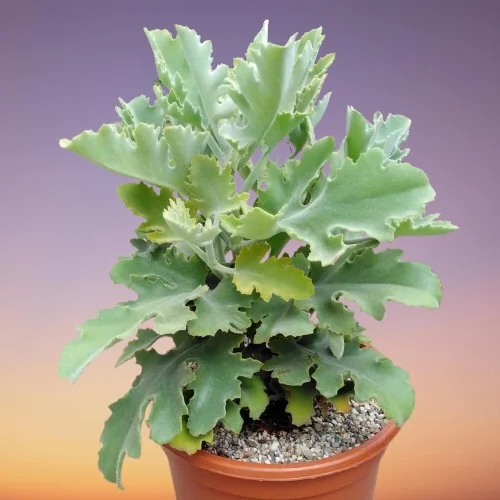
3. How to propagate Kalanchoe from leaf cuttings in soil
- Take a leaf cutting from a healthy, mature plant. Ensure that the petiole is intact as this is where new growth will emerge from.
- Let the cutting to dry (callus) for 1-3 days before planting to prevent rotting.
- Insert the cutting's leaf petiole into moist rooting soil while ensuring that the leaf midrib also comes into contact with the soil.
- Confirm that the rooting container has a drainage hole to prevent the soil from getting soggy as it can lead to rotting.
- Cover the set up with transparent polythene to raise humidity inorder to hasten rooting and establishment.
- Place the set up in a warm (21-270C), brightly-lit spot and maintain the soil moist through out but not soggy.
- Once the plantlets have grown at least one set of leaves, carefully seperate them and pot in individual pots in succulents soil.
- Position the new Kalanchoe plants in a warm, well-lit spot after which you can begin routine care.
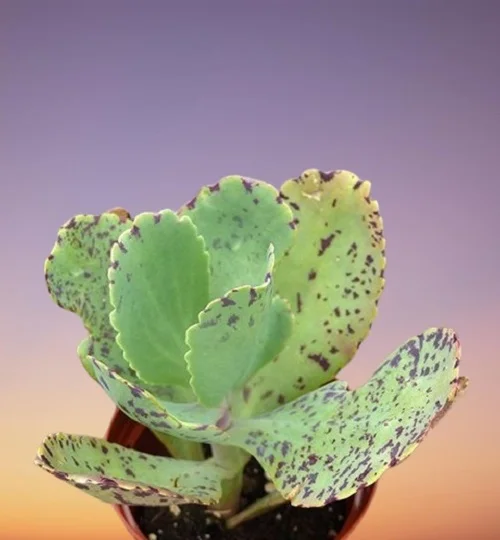
4. How to propagate Kalanchoe from stem cuttings in water
- Take a stem cutting of about 4-6 inches from a healthy, mature plant. Ensure each cutting has 2-3 leaf nodes as this is where new growth will come from.
- Strip off the lower leaves and allow the cutting to dry (callus) for 1-3 days before planting to prevent rotting.
- Dip the lower cut end of the cutting in a rooting hormone to encourage rooting.
- Place the cuttings in a jar of plain water or in a propagation station. Place the set up in a warm, well-lit spot away from direct sunlight. Change the water every 5-7 days.
- Once the cutting has developed a good amount of roots, transfer the cuttings into small pots (6-8 inches wide) in moist rooting soil.
- Position the set up in a warm (21-270C), brightly-lit place away from direct sunlight to avoid scorching the new plants.
- Maintain the soil moist until there is new growth. Ensure to allow adequate time for substantial growth of the new plants.
- Transfer the new plants into pots, 1 size larger than the current one while ensuring that the soil drains easily. At this point you can begin normal routine care.
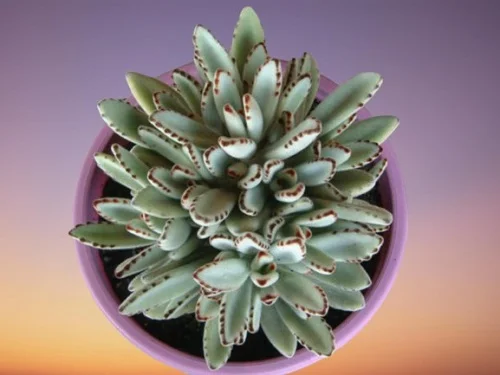
5. How to propagate Kalanchoe from stem cuttings in soil
- Take a stem cutting of about 4-6 inches from a healthy, mature plant. Ensure each cutting has 2-3 leaf nodes as new growth will come from the nodes.
- Strip off the lower leaves and allow the cutting to dry (callus) for 1-3 days before planting to prevent rotting.
- Insert the stem cutting into moist rooting soil. Ascertain that the pot has a drainage hole to prevent the soil from getting soggy as it can lead to rotting.
- Cover the set up with transparent polythene sheet or bag to raise humidity to hasten rooting and establishment.
- Place the set up in a warm (21-270C), well-lit place and maintain the soil moderately moist through out.
- Allow the new plants to be well established before transplanting after which you can begin routine care.
Frequently Asked Questions
1. Can you grow Kalanchoe from seeds?
It is possible to grow Kalanchoe from seeds. Sow the seeds at the beginning of the growing season to give them a good start as the temperatures are warm.
2. Can you grow Kalanchoe from cuttings?
Kalanchoe is easily grown at the beginning of the growing season from stem-tip cuttings or leaf cuttings which can be rooted either in water or in soil.
3. Can you root Kalanchoe in water?
Kalanchoe cuttings can be rooted in water or in soil. Rooting the cuttings in water will take longer that rooting in soil.
4. Can you grow Kalanchoe from leaf?
You can easily grow Kalanchoe from leaf cuttings either in water or in soil. However, rooting in water may take much longer that rooting the cuttings in soil.
5. What is the fastest way to propagate Kalanchoe?
The fastest way to propagate Kalanchoe is by rooting cuttings in soil at the beginning of the growing season. The cuttings can also be rooted in water but it takes slightly longer.
You liked it? Share on social media.
Related Content
Amazon Associates Disclosure
Homeplantsguide.com is a participant in the Amazon Services LLC Associates Program, an affiliate advertising program designed to provide a means for sites to earn advertising fees by advertising and linking to amazon.com.



